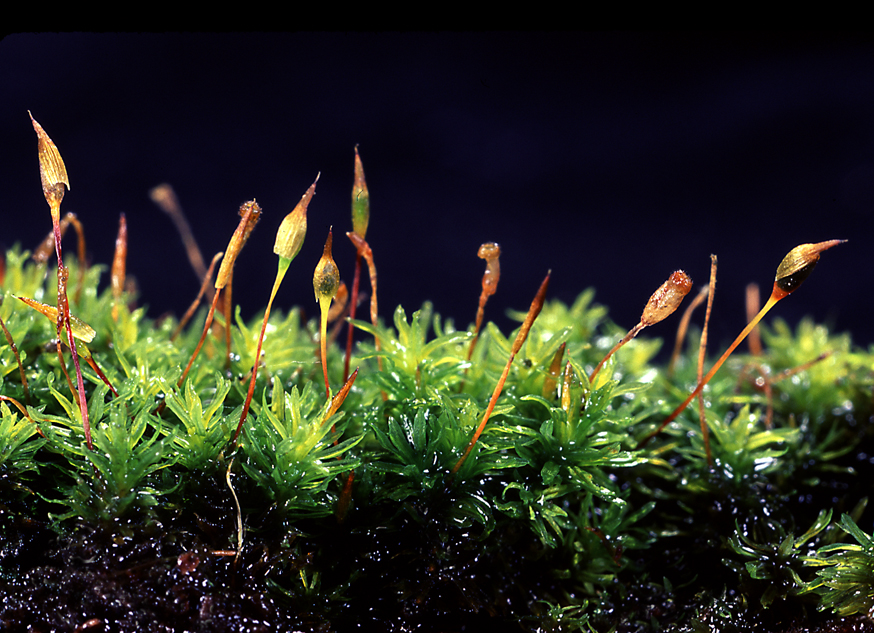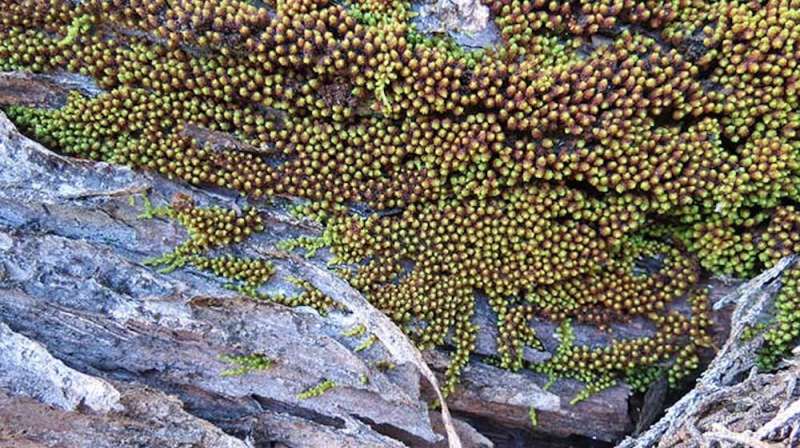Discover the Marvels of Macromitrium Moss: A Fascinating Ecosystem Engineer
Affiliate Disclaimer: As an affiliate, we may earn a small commission when you make a purchase from any of the links on this page at no additional cost to you!
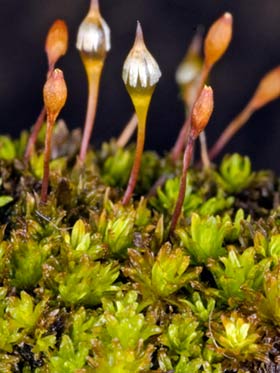
image from: https://www.nzpcn.org.nz/flora/species/macromitrium-brevicaule/
Exploring the Fascinating World of Macromitrium penicillatum Mitt. Moss

image from: https://theconversation.com/the-secret-world-of-moss-ancient-ancestor-of-all-plants-and-vital-for-the-health-of-the-planet-205048
Introduction
Mosses are often overlooked, but they play crucial roles in ecosystems around the world. One particularly interesting species is Macromitrium penicillatum Mitt., a moss in the
image from: https://www.researchgate.net/figure/Mosses-photographed-in-situ-in-the-Taita-Hills-A-Breutelia-stuhlmannii-JR13902-B_fig2_334452502
Orthotrichaceae family. In this blog post, we’ll dive into the details of this fascinating plant, from its morphology to its ecological importance.
Background
Macromitrium penicillatum Mitt., commonly known as Macromitrium moss, is a species of moss in the Bryophyta division and Bryopsida class. It belongs to the Orthotrichaceae

image from: https://www.nzpcn.org.nz/flora/species/macromitrium-ramsayae/
family, which contains over 900 species worldwide. The specific epithet “penicillatum” refers to the penicillate (brush-like) appearance of the leaves.
Morphology and Identification
Macromitrium penicillatum Mitt. forms dense tufts or cushions on tree bark, rocks, or other substrates. The stems are erect, usually 1-3 cm tall, and densely covered in leaves. The leaves are lanceolate to ovate-lanceolate, 1.5-3 mm long, with a short or long hair-point at the tip. When dry, the leaves are often twisted or contorted.
The leaf cells are rounded-quadrate to hexagonal, with thick walls and 1-2 papillae per cell. Macromitrium mosses are acrocarpous, meaning the sporophytes (spore-producing structures) develop at the tips of the main stems. The seta (stalk) is short, and the capsule is erect and cylindrical, with 8 longitudinal ridges when dry.
Global Distribution and Habitat
Macromitrium penicillatum Mitt. has a wide distribution, found in tropical and subtropical regions of the Americas, Africa, Asia, and Oceania. It grows on various substrates, including tree bark, rocks, and occasionally soil, in moist forests and woodlands from lowland to montane elevations.

image from: https://www.nzpcn.org.nz/flora/species/macromitrium-ramsayae/
Ecological Roles and Adaptations
Like other mosses, Macromitrium penicillatum Mitt. plays important ecological roles:
- Water and nutrient retention: Mosses absorb and retain water and nutrients, helping to regulate moisture and nutrient cycling in their habitats.
image from: https://www.anbg.gov.au/abrs/Mosses_online/47_Orthotrichaceae_images.html
- Substrate stabilization: By growing on rocks and tree bark, mosses help stabilize these substrates and prevent erosion.
- Microhabitat creation: Mosses provide shelter and microhabitats for various small invertebrates and microorganisms.
Macromitrium

image from: https://www.inaturalist.org/taxa/64084-Macromitrium
mosses have several adaptations that allow them to thrive in their environments:
- Desiccation tolerance
image from: https://phys.org/news/2023-05-secret-world-moss-ancient-ancestor.html
: Many mosses, including Macromitrium, can survive periods of dryness by entering a dormant state and quickly reviving when moisture becomes available.
- Efficient water and nutrient uptake: Mosses lack true roots but have rhizoids that help anchor them to substrates and absorb water and nutrients.
- Asexual reproduction: In addition to sexual reproduction via spores, many mosses can reproduce asexually through fragmentation or specialized structures like gemmae.
Conclusion
Macromitrium penicillatum Mitt. is a fascinating moss species with a wide distribution and important ecological roles. By understanding the morphology, habitat preferences, and adaptations of mosses like Macromitrium, we can better appreciate the diversity and significance of these often-overlooked plants. Next time you’re out in nature, take a closer look at the mosses around you—you might just spot a
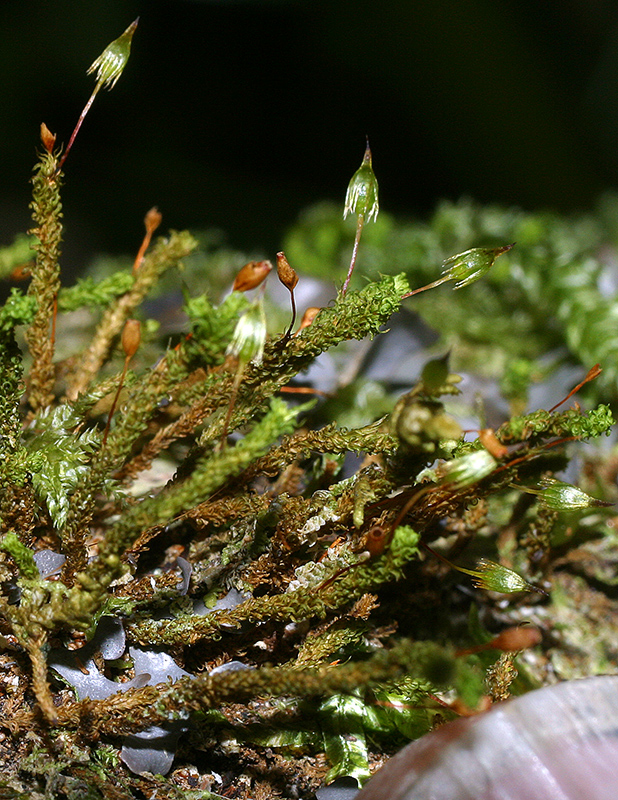
image from: https://www.nzplants.auckland.ac.nz/en/about/mosses/native-species/orthotrichaceae/macromitrium-gracile.html
Macromitrium penicillatum Mitt. hiding in plain sight!
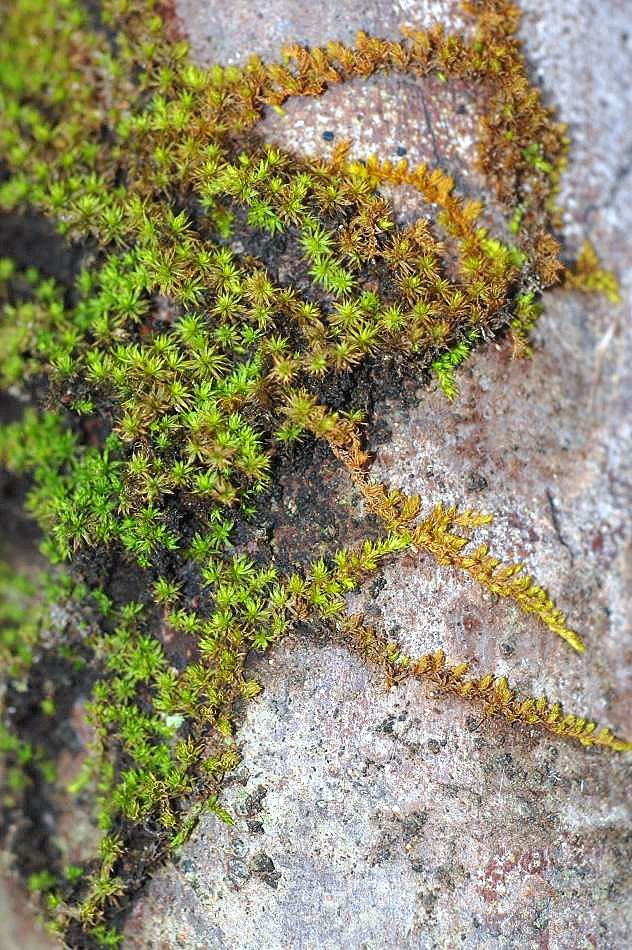
image from: https://www.anbg.gov.au/abrs/Mosses_online/47_Orthotrichaceae_images.html

